SOURCE: RAUNAK KUNDE / NEWS BEAT / IDRW.ORG


In a significant move to bolster its armored capabilities, India’s Armoured Vehicles Nigam Ltd (AVNL) has announced plans to form a joint venture (JV) with Russian firms Rosoboronexport (ROE) and High Precision Systems (HPC). This partnership is aimed at the development and manufacture of an Indian Light Tank, targeting the Indian Army’s requirement for 295 light tanks under the Make-I category of indigenous procurement.
AVNL, along with India Optel Limited (IOL), will hold a majority stake in the joint venture, ensuring that Indian stakeholders maintain significant control over the project. This collaboration will leverage Russian expertise in light tank development, particularly the Sprut-SD design, to compete against indigenous solutions such as the Zorawar Light Tank, which is being developed by the Defence Research and Development Organisation (DRDO) in partnership with private industry.
Continue readingSOURCE: IDRW.ORG.


Bengaluru-based NewSpace Research and Technologies Pvt. Ltd. (NRT) has rebranded its High-Altitude Pseudo-Satellite (HAPS) project as “ARKA” and is preparing for a key endurance demonstration. The scaled-down version of ARKA, spanning 8 meters, aims to showcase a 7-day flight endurance capability in the coming months. This milestone will further establish India’s advancements in HAPS technology, which bridges the gap between traditional satellites and aerial platforms.
NRT has already achieved a significant breakthrough, completing its first ARKA flight, which lasted over 21 hours. This success demonstrates the platform’s potential to maintain prolonged high-altitude operations, paving the way for its next ambitious goal of a week-long solar-powered mission.
Continue readingSOURCE: IDRW.ORG.
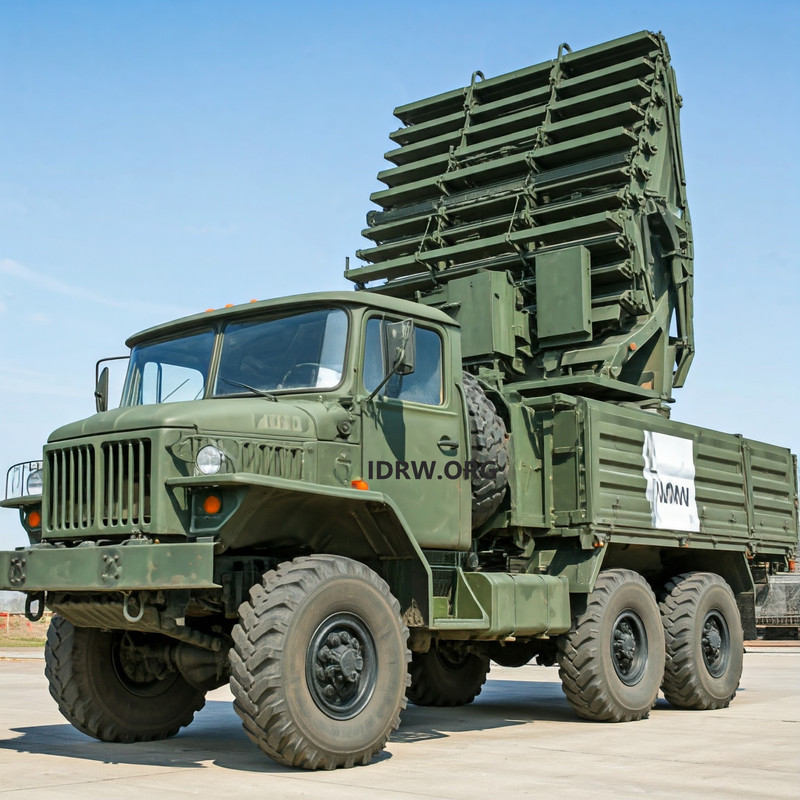

In response to the rising threat of autonomous aerial, surface, and combat vehicles, the Indian Navy has initiated efforts to develop a cutting-edge High-Power Microwave (HPM) weapon system. This advanced weapon system will be designed to counter the growing capabilities of autonomous systems used by adversaries in modern warfare. The Indian Navy’s request emphasizes the need for a High-Power Microwave weapon capable of neutralizing Autonomous Aerial Vehicles (AAVs), Autonomous Combat Aerial Vehicles (ACAVs), and Autonomous Surface Vehicles (ASVs) at ranges exceeding 5 kilometers.
High-Power Microwave (HPM) weapons are emerging as a critical component in modern electronic warfare. Unlike conventional weapon systems, HPM weapons use directed electromagnetic waves to disrupt or disable electronic systems in target vehicles, often rendering them inoperative without causing physical destruction. This ability makes them particularly effective against drones and autonomous systems that rely heavily on electronic sensors, communication links, and control systems.
Continue readingSOURCE: RAUNAK KUNDE / NEWS BEAT / IDRW.ORG
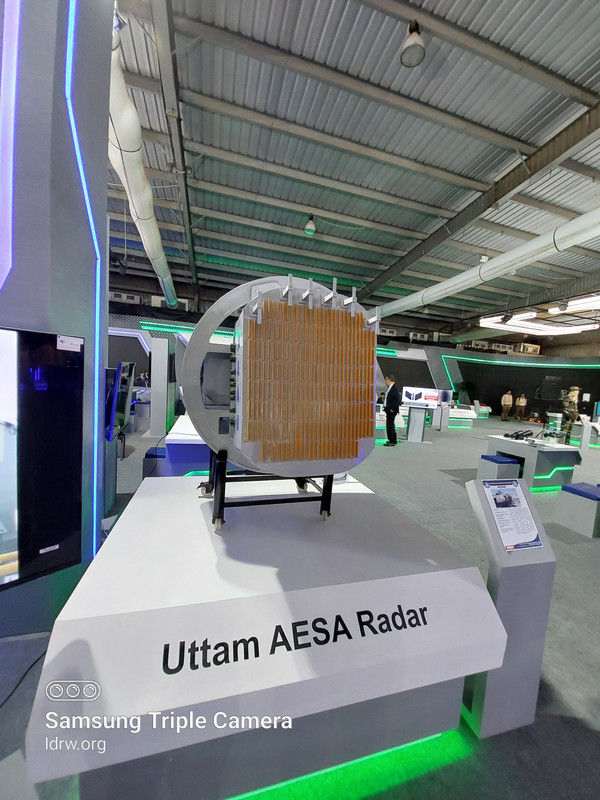

In a significant step towards bolstering Indigenous defence capabilities, Hyderabad-based Astra Microwave Products Limited (AMPL) has been identified to manufacture the Uttam Active Electronically Scanned Array (AESA) Fire Control Radar (FCR) for the Tejas Mk1A Light Combat Aircraft (LCA) program.
This development marks a critical milestone for India’s aerospace sector, as it moves away from reliance on foreign radar systems and embraces an advanced, homegrown solution designed by the Defence Research and Development Organisation (DRDO)’s Electronics and Radar Development Establishment (LRDE).
Continue readingSOURCE: RAUNAK KUNDE / NEWS BEAT / IDRW.ORG
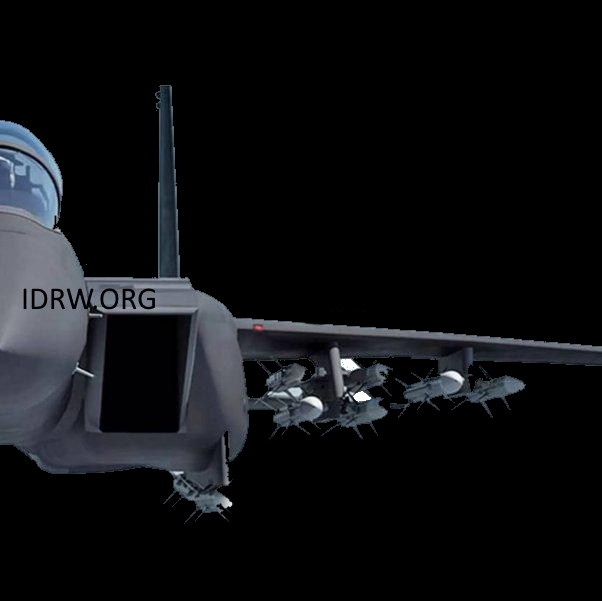

Boeing’s F-15EX, a contender for the Indian Air Force’s (IAF) Multi-Role Fighter Aircraft (MRFA) tender, is set to offer cutting-edge capabilities with its advanced AMBER Missile Racks. These racks will provide unprecedented versatility and operational flexibility, allowing the aircraft to carry a wide array of weapons for various mission profiles.
The F-15EX, known for its exceptional performance, will be equipped with AMBER missile racks capable of carrying up to 22 air-to-air missiles (AAMs), allowing the aircraft to engage multiple airborne threats simultaneously. This high-capacity weapon load will significantly enhance the IAF’s air superiority capabilities in combat scenarios. The flexibility of the AMBER racks does not stop at air-to-air combat; they also offer the ability to carry a combination of small diameter bombs (SDBs) and Joint Direct Attack Munitions (JDAMs) for precision strike capabilities. Specifically, the F-15EX can carry 8 AAMs and 28 SDBs, or 8 AAMs and 7 x 2,000lb JDAMs for heavier strike missions.
Continue readingSOURCE: RAUNAK KUNDE / NEWS BEAT / IDRW.ORG
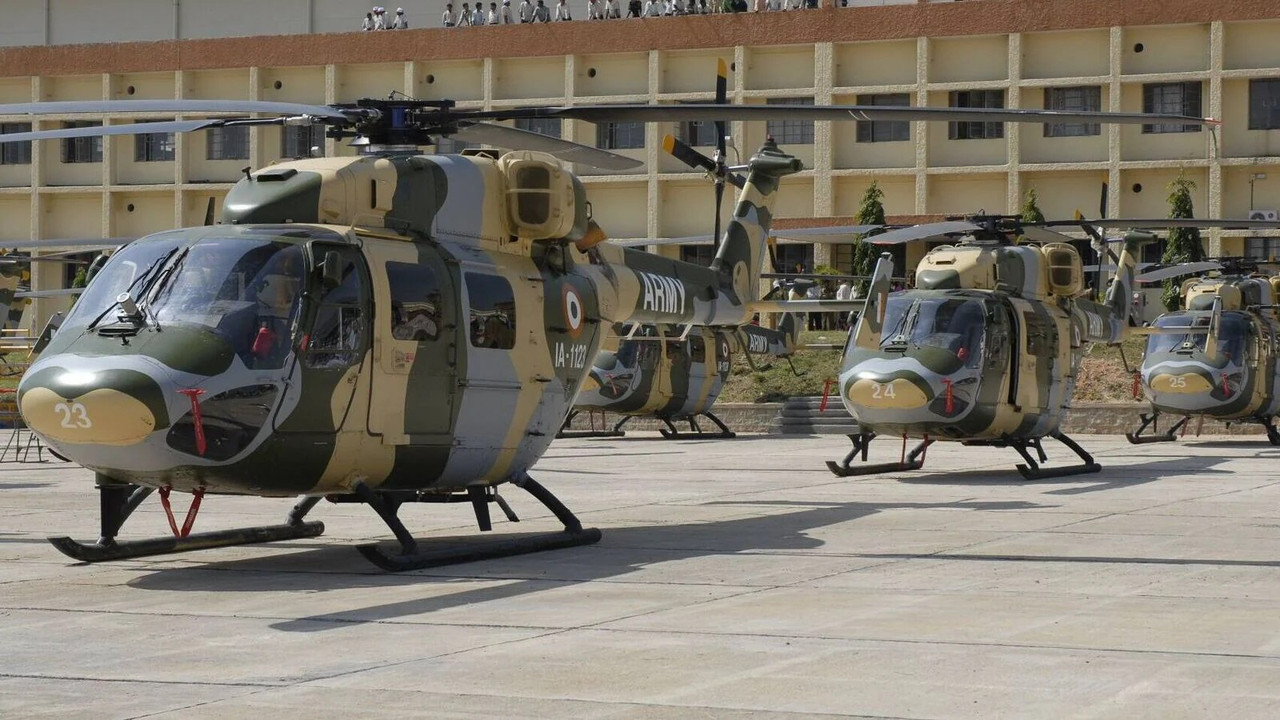

Hindustan Aeronautics Limited (HAL), India’s premier aerospace and defence manufacturer, is on track to achieve a significant production milestone for its Advanced Light Helicopter (ALH) Dhruv. In 2020, HAL rolled out the 300th ALH Dhruv from its assembly line, a testament to the platform’s popularity and operational versatility. With steady orders from the Indian Armed Forces, including 34 additional units in the current fiscal year, HAL is confident of reaching the 500-unit mark by 2028 or early 2029.
The journey of the ALH Dhruv began in 1992 when the prototype conducted its maiden flight, showcasing the potential of India’s indigenous helicopter manufacturing capability. The Dhruv platform has since become one of HAL’s flagship products, with significant improvements over the years, particularly in avionics, powertrain, and mission-specific configurations.
Continue readingSOURCE: IDRW.ORG.
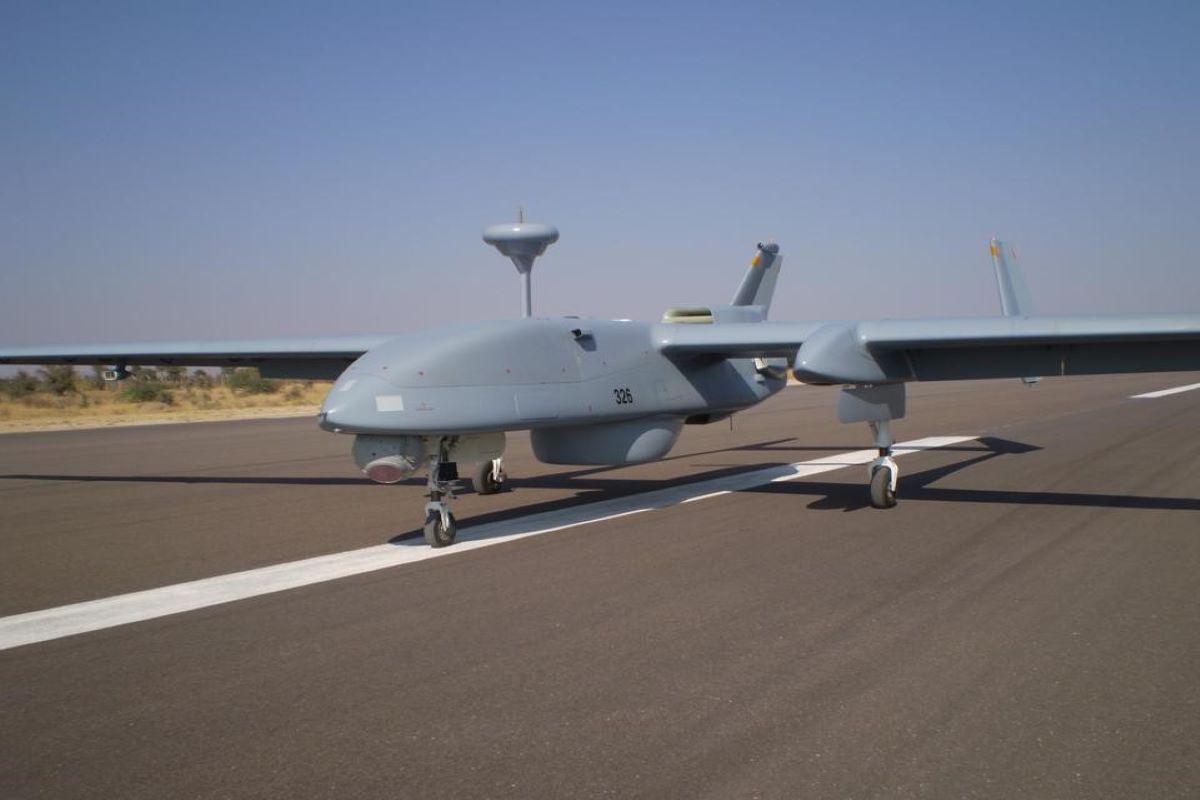

India’s Technology Development Fund (TDF) Scheme is set to play a critical role in enhancing the capabilities of Remotely Piloted Aircrafts (RPAs) by focusing on the design and development of advanced payloads. These new payloads aim to replace the legacy systems currently in use, addressing the increasing demands of modern warfare, surveillance, and reconnaissance operations. The project will significantly enhance the operational capability, efficiency, and mission readiness of RPAs, ensuring their effectiveness in dynamic and complex battlefield scenarios.
The RPAs in use today are equipped with older, legacy payloads that no longer meet the high standards required for contemporary military and surveillance tasks. These payloads have limitations, such as lower resolution, reduced operational range, and insufficient data processing capabilities, which hamper their performance in modern combat and intelligence-gathering roles. The need for upgrading these payloads has become more urgent, particularly as new technologies emerge and the demands of modern warfare evolve.
Continue readingSOURCE: IDRW.ORG.


The Indian Army has initiated a search for state-of-the-art unmanned “surveillance copters” capable of operating effectively in extreme and varied terrains, from expansive plains and arid deserts to the high-altitude reaches of mountainous regions exceeding 4,500 meters. These advanced drones, essential to the Army’s modernization efforts, are intended to bolster surveillance and intelligence capabilities along India’s challenging frontiers, especially in regions where conventional surveillance tools face operational limitations.
The Indian Army’s specifications for these drones reflect the unique operational demands of high-altitude regions, emphasizing resilience, versatility, and cutting-edge technology.
Continue readingSOURCE: RAUNAK KUNDE / NEWS BEAT / IDRW.ORG
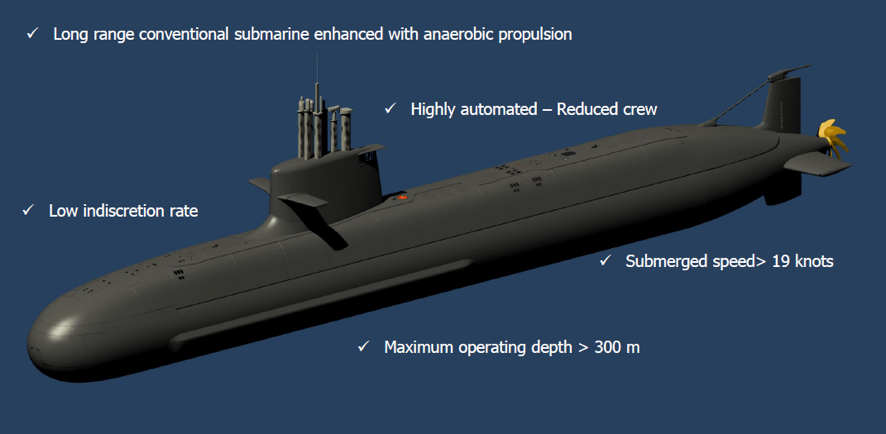

Spain’s state-owned shipbuilder, Navantia, is actively promoting its S-80 Plus submarine with the next-generation Air-Independent Propulsion (AIP) system, known as BEST (Bio-Ethanol Stealth Technology), for the Indian Navy’s Project-75I tender, which seeks to procure six advanced submarines. Navantia officials assert that the BEST AIP system offers substantial advantages over conventional AIP fuel-cell technologies, including those used by Germany’s TKMS, whose U-214NG submarine is also a contender in the same project.
Navantia’s BEST AIP system, which utilizes bio-ethanol fuel, provides a clean, efficient, and stealthy alternative to traditional AIP systems. According to Navantia, the BEST system offers superior endurance, allowing submarines to stay submerged for extended periods without surfacing for air. This endurance capability can be particularly advantageous for stealth missions, as it minimizes the submarine’s detectability.
Continue readingSOURCE: RAUNAK KUNDE / NEWS BEAT / IDRW.ORG


General Atomics Aeronautical Systems, Inc. (GA-ASI) recently made headlines with a significant contract to supply 31 MQ-9B drones to the Indian Armed Forces. This deal, which allocates 15 of these advanced UAVs (Unmanned Aerial Vehicles) to the Indian Navy, strengthens India’s maritime surveillance and reconnaissance capabilities.
However, GA-ASI is also promoting its innovative Mojave Unmanned Aircraft System (UAS) as a potential carrier-capable UAV for the Indian Navy’s evolving requirements. The Mojave, a short takeoff and landing (STOL) demonstrator, was initially developed to operate from unprepared and compact landing sites but has potential applications in carrier-based environments.
Continue readingSOURCE: RAUNAK KUNDE / NEWS BEAT / IDRW.ORG
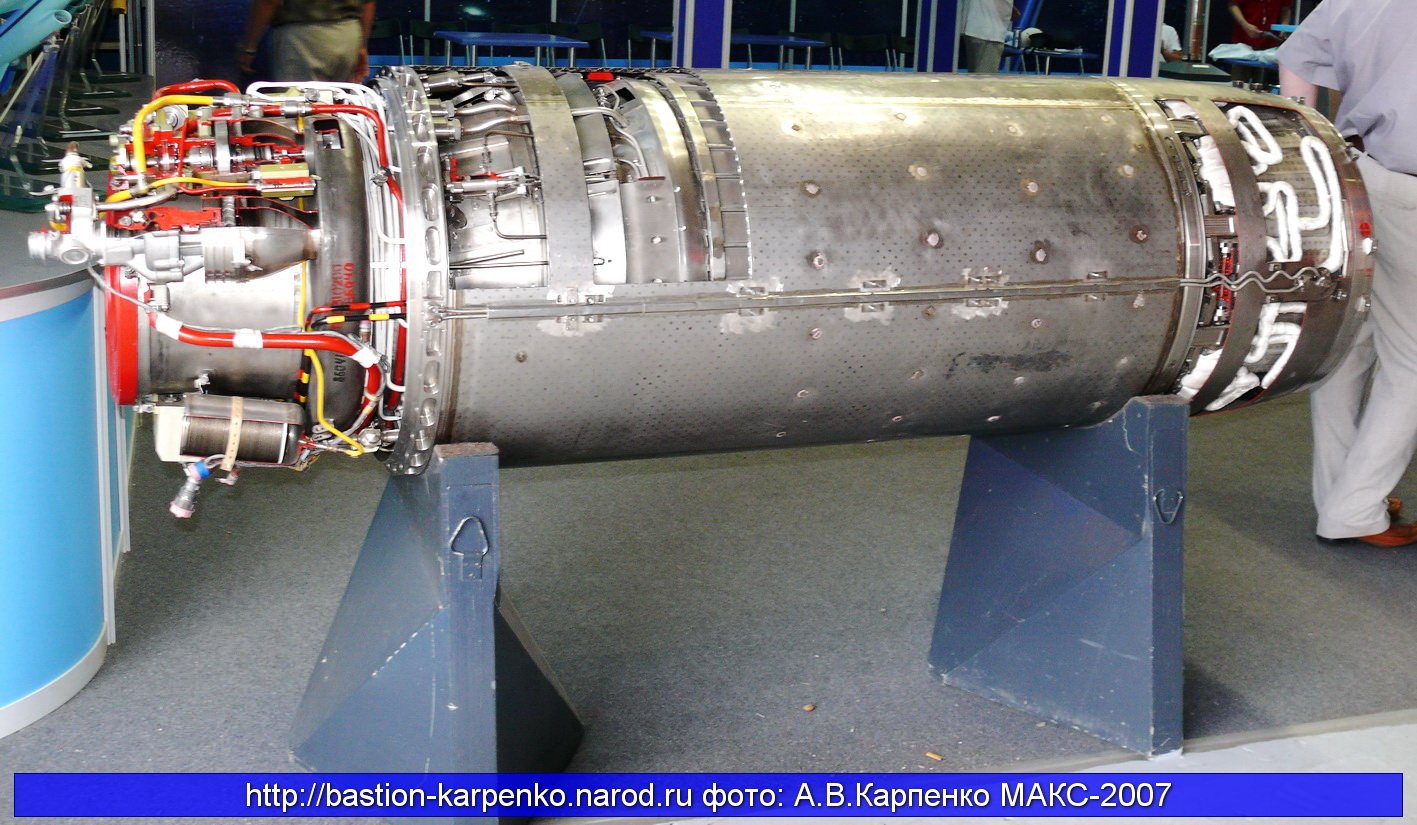

BrahMos Aerospace, the joint venture between India and Russia, is working on significant upgrades to the current ramjet engine used in the BrahMos supersonic cruise missile. The enhancements aim to achieve hypersonic speeds of Mach 5 or above within the next 4-5 years. This marks an exciting phase in the missile’s development, as the company looks to push the boundaries of speed, precision, and strike capability.
The upgraded BrahMos missile will retain the same airframe as the current version but will feature a more powerful ramjet engine capable of achieving hypersonic speeds, with a target of Mach 5. However, it’s crucial to distinguish this from the BrahMos 2K, which is expected to exceed Mach 7 speeds, placing it in the extreme hypersonic category.
Continue readingSOURCE: IDRW.ORG.
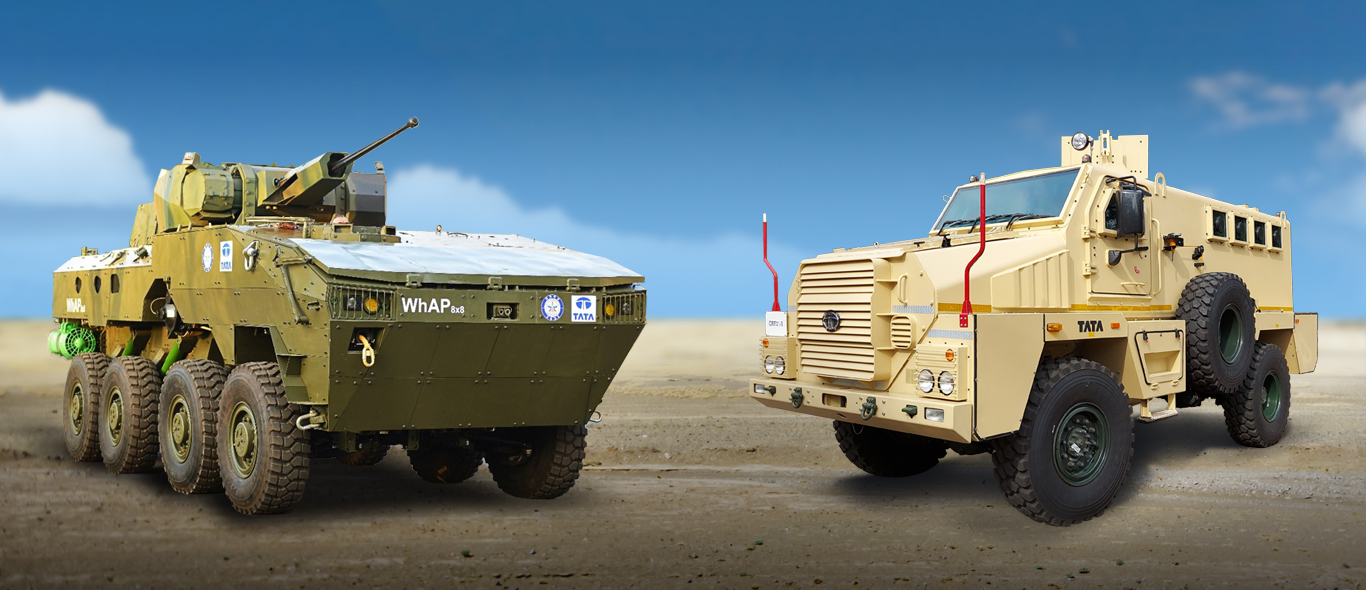

On November 18, 2024, representatives of TATA made an online presentation to the Hellenic Army General Staff (GES), highlighting the company’s cutting-edge military ground weapon systems and transport vehicles. The presentation demonstrated TATA’s commitment to expanding its footprint in the global defense market and its focus on providing versatile and reliable solutions tailored to the needs of modern armed forces.
ATA presented a range of its advanced military platforms, emphasizing the following vehicles WhAP 8×8 (Wheeled Armored Platform) A modular and versatile armored vehicle, the WhAP 8×8 is designed to meet diverse operational requirements, including reconnaissance, troop transport, and infantry support. Developed in collaboration with the Defence Research and Development Organisation (DRDO), this amphibious platform boasts impressive off-road capabilities and protection features. It can be equipped with various weapon systems, including machine guns, automatic grenade launchers, and anti-tank guided missiles, making it a formidable addition to any mechanized infantry unit.
Continue readingSOURCE: IDRW.ORG.
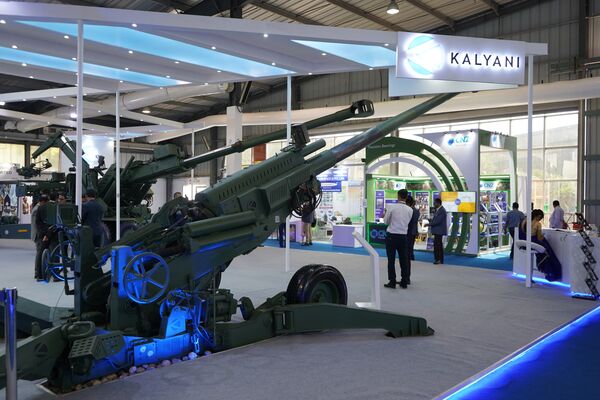

The Indian Army has recently decided to drop plans for procuring more ultra-light howitzers (ULHs) like the M777 or any local offerings from the Towed Gun System (TGS), instead opting to focus on the acquisition of 155/52 calibre artillery guns. This strategic shift stems from several factors, including the Army’s evolving requirements for firepower and the operational advantages offered by the larger 155/52 calibre guns over the smaller 155/39 calibre systems.
The 155/52 caliber guns are increasingly seen as the preferred choice for the Indian Army’s artillery modernization. These guns, capable of firing extended-range ammunition, have significant advantages over smaller caliber systems such as the 155/39 caliber guns, which are typically used for shorter-range engagements.
Continue readingSOURCE: IDRW.ORG.


The Indian Army, under the Ministry of Defence, has released a Request for Information (RFI) to procure approximately 5,000 to 10,000 Software Defined Radios (SDR) for vehicular applications. This new communication system aims to enhance tactical vehicular radio communication across a wide range of military vehicles, providing reliable and resilient communication capabilities essential for modern warfare. These SDRs will play a vital role in equipping the Indian Army’s vehicular fleet, from heavily armored tanks to lighter utility vehicles, with advanced, adaptable communication tools.
The SDRs are intended to support vehicular communication for both A and B category vehicles used by the Indian Army. Category A vehicles include heavily armored and specialized vehicles like tanks, while Category B vehicles cover light utility and logistical support vehicles. By equipping both categories, the SDRs will create a standardized communication network across the vehicle spectrum, ensuring secure, reliable, and high-quality communication channels across the battlefield.
Continue readingSOURCE: RAUNAK KUNDE / NEWS BEAT / IDRW.ORG
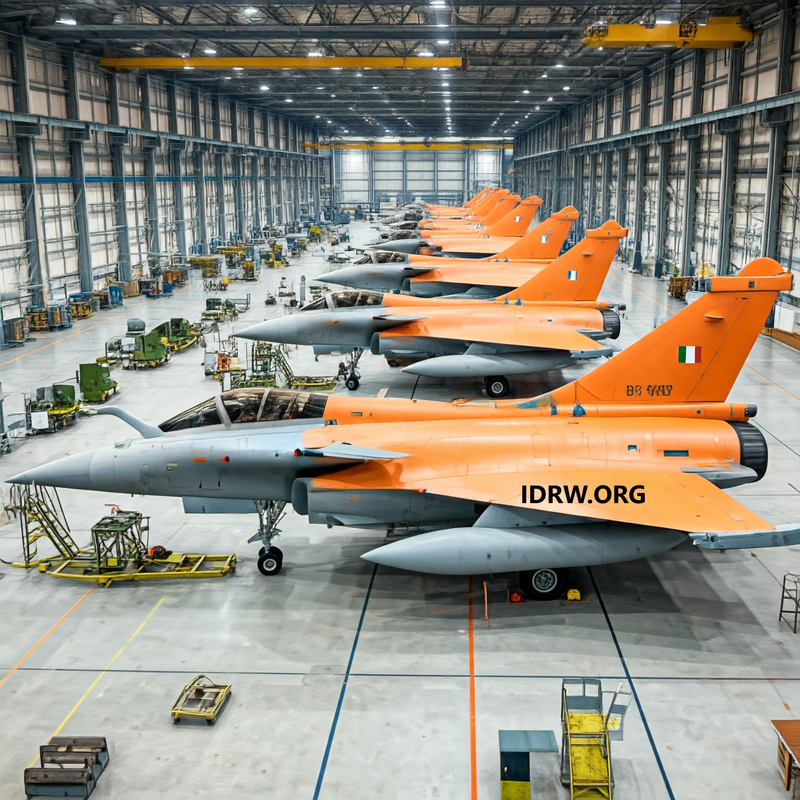

The Indian Air Force’s (IAF) long-awaited Medium Role Fighter Aircraft (MRFA) tender, aimed at acquiring 114 advanced fighter jets, is facing an additional challenge as local production costs are projected to exceed direct procurement prices by $20-30 million per jet. According to an IAF official who spoke to idrw.org, manufacturing these jets locally—an integral part of the Make in India initiative—would incur significantly higher expenses compared to acquiring them directly from the original equipment manufacturers (OEMs).
The MRFA tender includes four twin-engine fighters in consideration: the Boeing F/A-18E/F Super Hornet Block III, the Eurofighter Typhoon, the Russian MiG-35, and the Dassault Rafale. Additionally, two single-engine options, the Lockheed Martin F-16 Block V (marketed as the F-21) and Saab’s Gripen-E, have also been proposed. While all six fighters present advanced capabilities, the increased costs associated with establishing local production lines, building specialized infrastructure, and training a domestic workforce will push the final price per unit well above what a direct OEM purchase would entail.
Continue reading